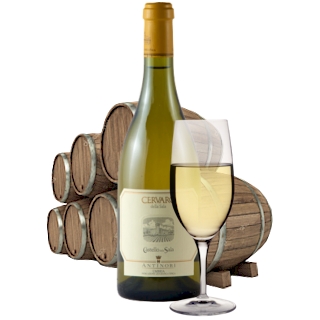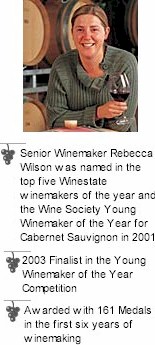


The cool climate region of Langhorne Creek, just 70km South East of Adelaide, South Australia, produces some of the finest fruit in Australia. Langhorne Creek is less than an hour from Adelaide via Mt. Barker. If you're travelling from the eastern states it's a great alternative route to Adelaide, the Fleurieu Peninsula or even Kangaroo Island. Bremerton Wines is located on the main road (Strathalbyn Road) and is well signposted.

Langhorne Creek is one of the most centrally located and accessible wine regions and offers interesting Bed & Breakfast or Motel accommodation and eating establishments. Visitors can sample the range of premium Bremerton wines and sit, relax and indulge in one of the regionally inspired food platters and a glass of Bremerton wines available daily. Your tastebuds can be tickled further with a wide range of delicious local produce available for tastings and sales.
Bremerton Wines originally planted 110 acres at Langhorne Creek and is joint owner and manager of another 180 acres from which they select the best fruit each year with the balance being sold to other wineries. Best quality practices ensure best quality grapes. The predominant varieties grown are Cabernet Sauvignon, Shiraz and Merlot, with small plantings of Sauvignon Blanc, Verdelho, Chardonnay, Malbec and Petit Verdot.
The winery has invested heavily in a premium French and Amercian oak program using 220 litre barriques to ensure subtle and complementary oak influences. Bremerton utilises traditional open top fermenters, made from stainless steel and a purpose built barrel cellar for maturation. New laboratory and tasting facilities are part of the winery.

How ironic that Langhorne Creek is zoned a flood plain, yet the staff at little old Bremerton work extra hard to save every drop of water and work towards recycling as much waste water as possible. Water efficiency has always been important at the Bremerton winery, and is given special attention. Systems have been put in place to make each successive vintage the most water efficient ever. Bremerton also encourage all those who enjoy Bremerton wines to do their part, by cutting down on personal water consumption and drinking more Bremerton wine instead!
Winemaker Rebecca Willson and her team have taken the quality of Bremerton wines to new standards. Rebecca seeks the best possible fruit from the Estate and other specialised Langhorne Creek vineyards to craft traditional, full bodied, full flavoured, mouth filling Langhorne Creek wines that show a consistency of style whilst encouraging the true varietal grape characteristics to be expressed. It seems that the successes have not gone unnoticed. Rebecca and sister Lucy were recently selected as part of the South Australian Rising Stars list of 50 young and inspirational South Australians.
"The Willsons have been grapegrowers in the Langhorne Creek region for some considerable time but their dual business as grapegrowers and winemakers has expanded significantly. Their vineyards have more than doubled, (predominantly cabernet sauvignon, shiraz and merlot), as has their production of wine under the Bremerton label. In 2004 sisters Rebecca and Lucy (marketing) took control of the business, marking the event with (guess what) revamped label designs!" -James Halliday
